It was last June 9 when a shipment labeled “fine asparagus” left in an 18-ton trailer from the city of Trujillo, in northwestern Peru.
He was heading to commercial port of Callao, the most important in the country located in Lima. There, a ship waiting for the shipment of vegetables whose final destination was port of rotterdamin the Netherlands.
LOOK: “It is a declaration of war”: The 24 hours of synchronized drug attacks in Ecuador that left 5 police officers dead
But the shipment was nowhere near leaving the South American country.
Agents from the Anti-Drug Directorate (Dirandro) of the Peruvian National Police managed to detect that the asparagus was contaminated with a substance that turned out to be liquid cocaine.
“Drugs in Huallaga (northern Peru) could possibly be costing US$500 or US$700, so that in Lima they already have a value of US$1,300 and arriving at a port in Europe at a price of US$40,000 per kilo”explains the director of Dirandro, Deny Rodríguez.
They detected two tons of drugs, an estimated hit of $77 million. Rodríguez says that in the pyramid of this cocaine trafficking operation were two Albanian citizens: Malo Franc, alias “Pelao”, and Meta Gentjan, “Barbas”.
Both entered Peru legally, as tourists through the border with Ecuador, but Dirandro was watching them during their stay in the country.
“These Albanian subjects They are the ones in charge of the financial and logistical issue to generate illicit drug trafficking operations in Peruvian territory,” says Rodríguez.
Although not numerous, the presence of men of Albanian origin in countries where drug production and trafficking cartels operate in Latin America is not new.
Since the 2000s, members of family clans of the so-called “Albanian mafia” They have traveled to the Latin American region to expand their business in Europe.
“Albanian criminal clans are in Latin America for one reason: to buy cheap cocaine,” says Alessandro Ford, an InsightCrime investigator.
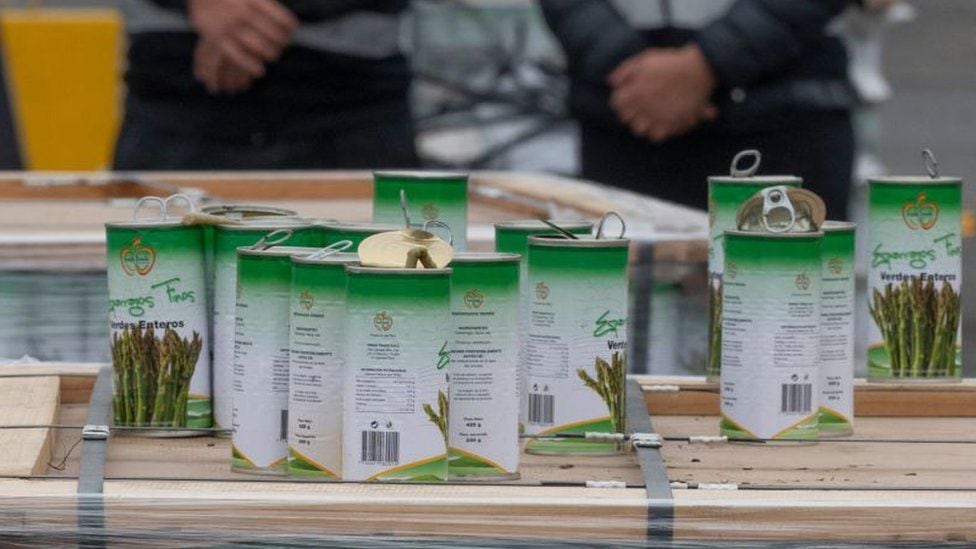
Albanians have established contacts with cartels and drug trafficking groups in countries such as Colombia, Ecuador, Mexico and Peru for at least two decades.
Without the need for a command of many men and high caliber weapons, like the Latin American cartels, they have done lucrative business with the cartels of those countries.
“Their function is to be business connectors, close deals, logistical issues. But you will never see [en América Latina] an armed convoy of the Albanian mafia, except for guards offering protection,” explains Víctor Sánchez, a Mexican investigator who studies organized crime.
His power lies in control shared with other mafias, such as the Italian, of ports in Europe through which drugs and illegal products enter.
Why Albanians?
Albania has historically been a corridor in commercial transit between Asia and Europe on the Balkan Peninsula.
“Once communism collapsed, Albania, along with the former Soviet Union, experienced a dramatic revitalization of organized crime,” Ford explains.
From the illegal trade in heroin and guns to cigarettes and people,”Albanian criminal clans smuggled it all out”says the researcher.
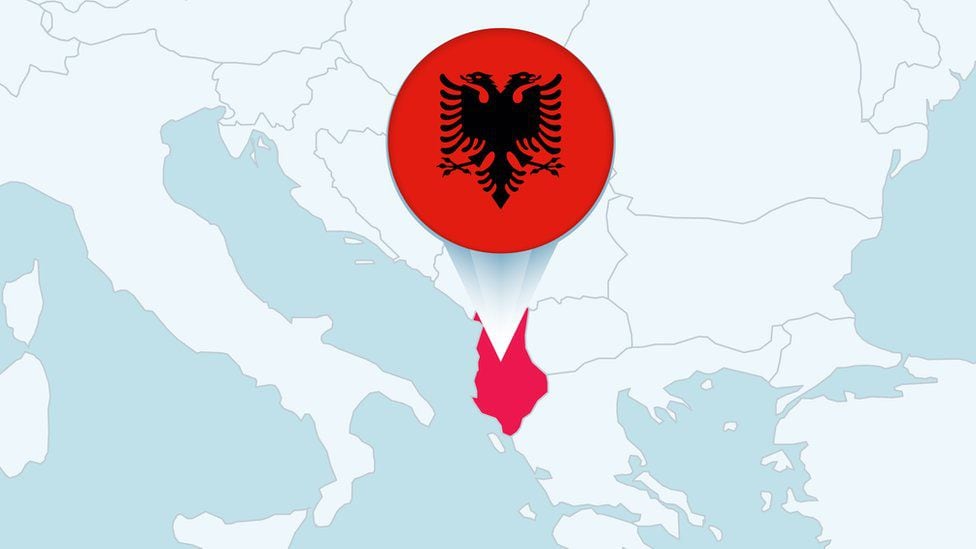
In the early 2000s, Albanians began to associate with the Italian mafia. In particular, they linked up with clans in the ‘ndranghetaa powerful criminal organization from southern Italy.
“However, the Albanians soon sent their own emissaries to Latin America to negotiate the wholesale purchase of cheap cocaine. These people settled predominantly in two Pacific port cities: Guayaquil in Ecuador and, to a lesser extent, El Callao in Peru,” Ford explains.
From then on they built contacts with other countries where drugs are produced, such as Bolivia, Colombia and Mexico.
Beautiful Kompania
The Albanian mafia is not just one group, but there are several clans across Europe, experts say.
The most prominent organization, which brings together several clans, is the self-styled Beautiful Kompania. It has been one of the largest and most widespread in countries such as United Kingdom, Netherlands, Belgium, France, Spain, Portugal, Italy and Germany.
“It works as a kind of diaspora, a bit like Italian mafias such as Cosa Nostra, Camorra and La ‘Ndrangheta for many years,” explains Sánchez.
“What the Albanian mafia has done is precisely start to colonize other countries with higher incomes. And then the Albanian immigrants come together as a kind of family and start to control illegal markets.”
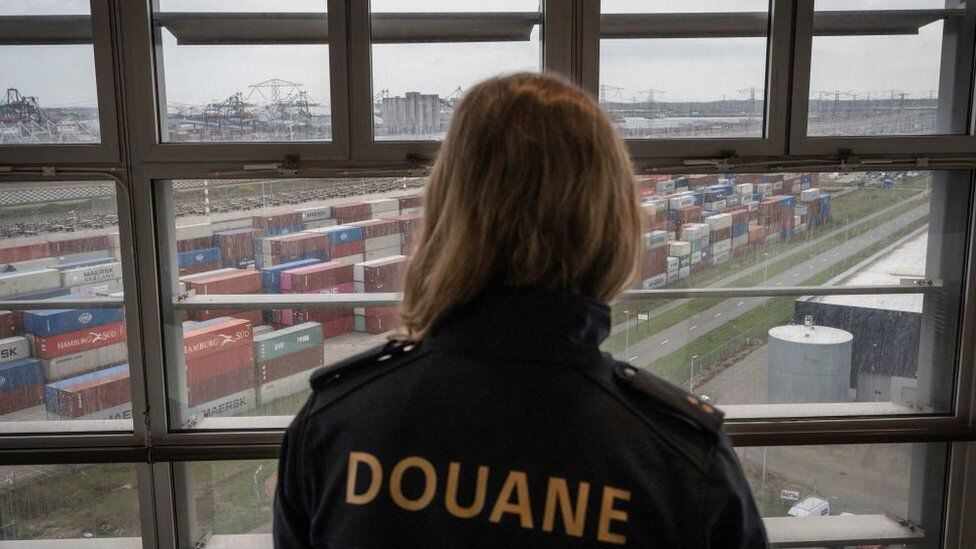
Kompania Bello has consolidated its power over the last twenty years. However, Interpol announced in 2020 a large operation in 10 European countries that led to the capture of 20 prominent members. A hard blow for family clans.
According to the European Union Agency for Law Enforcement Cooperation (Europol), the Albanian mafia has chosen to cover the entire drug sales chain: “from organizing large shipments directly from South America to distribution throughout Europe.”
To achieve this, the clans have managed to control illegal traffic in the ports of Rotterdam (Netherlands) and Antwerp (Belgium)from where they distribute drugs and do illegal trade.

Europol reported that Kompania Bello has laundered money through “a alternative clandestine remittance system of Chinese origin, known as the system fei ch’ien”.
“Like the hawala transfer system, people using the fei ch’ien they deposit a sum in a network ‘agency’ in a country. Another operator withdraws the equivalent amount elsewhere in the world and passes it on to the intended recipient.”
Thus, “without leaving a trace of revealing evidence for investigators”, they have laundered millions of euros over the years
His influence in Latin America
The most recent news that the Albanian mafia has generated in Latin America is its association with a wing of the powerful Sinaloa cartel Mexican directed by Ismael “El Mayo” Zambadathe great partner of Joaquín “El Chapo” Guzmán.
Various reports in the press, which cite information from the Security Cabinet of the Mexican government, indicate that “El Mayo” Zambada established an association for the purpose of money laundering with members of the clan of the Hysa brothers.
With his help, they created front companies – casinos, restaurants and an export company – in the states of Baja California, Quintana Roo and Sonora, according to intelligence documents.

For Víctor Sánchez, who specializes in the operations of criminal groups in Mexico, this association is logical since the Albanians “are better at money laundering than the Mexicans.”
“To have a good relationship with the Mexican organizations, they can help them with money laundering. But surely what generated the contact was the sale of drugs,” Sánchez considers.
For Albanians like the Luftar brothers, Arben, Fatos and Ramiz Hysa, whose presence was detected in Mexico, the countries of the Latin American region offer favorable conditions for your business.
Alessandro Ford says that the region is “very attractive” even for those who are not only emissaries, but who settle for long periods or permanently.
“Many of those who migrate already have criminal records in Europe, while some are active fugitives. Crossing the Atlantic means anonymity, it means a second chance. They can forge new identities, live in wealthy gated communities and exploit weaker enforcement capacity. of the law to traffic cocaine”, explains the researcher.
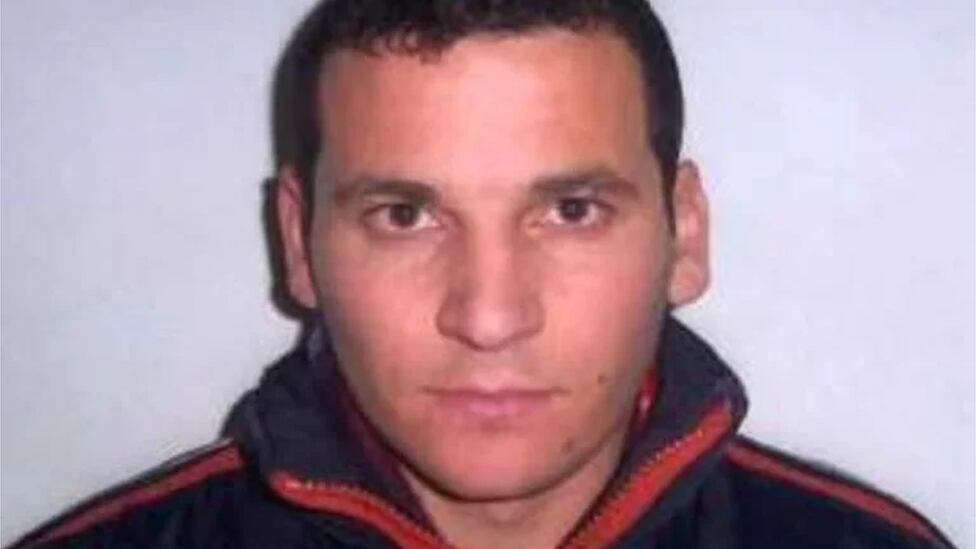
It is the case of Dritan Rexhepi, a drug trafficker who immigrated to Ecuador at the beginning of the last decade and set up a drug shipment scheme for Komania Bello. He came to be called the “king of cocaine”. escaped from europewhere he was wanted by the courts of Italy and Albania, and adopted various identities such as Edmir Kraja and Mutaraj Lulezim, among others.
In 2014 he was arrested and later sentenced to 13 years in prison. Europol identified him as “head of the organization”who has continued to lead drug trafficking to Europe even while in prison.
“Any persecuted person in Europe can find a refuge [en América Latina] relatively safe, because of the force in the allied organizations, because of the prevailing corruption, because of the economic conditions”, considers Sánchez.
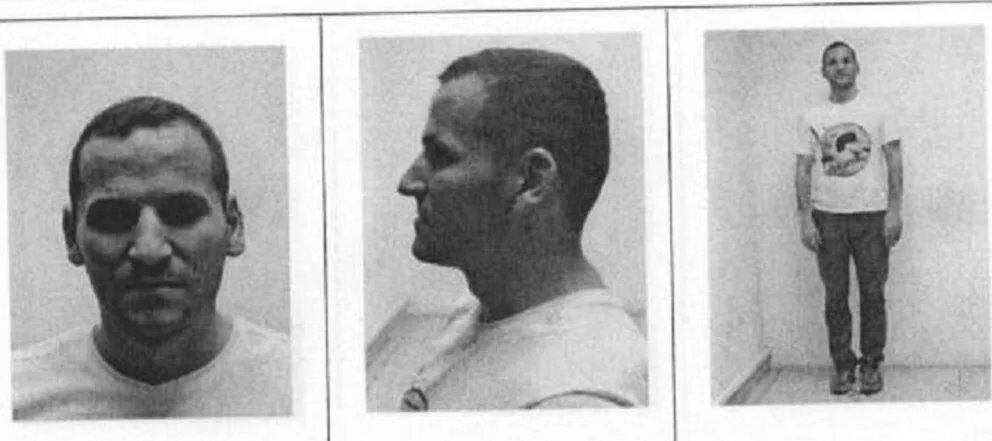
However, the expert warns that groups like the Albanians would find itvery difficult to establish itself in the countries of the region as a complete and independent cartel.
“An Albanian mafia cell that establishes itself as such sounds complicated because they are very visible. It would be very easy for competitors to eliminate them, especially since it would be a new organization that arrives without protection,” he explains.
And in terms of numbers, there are actually very few Albanians in the region and their profits are not as important in Latin America as those of the big local drug cartels. Its main business is in Europe.
“They take a piece of the cake, but organizations like the Mexican ones have the largest share.”
Source: Elcomercio
I am Jack Morton and I work in 24 News Recorder. I mostly cover world news and I have also authored 24 news recorder. I find this work highly interesting and it allows me to keep up with current events happening around the world.

:quality(75)/cloudfront-us-east-1.images.arcpublishing.com/elcomercio/GE4TCMZNGEYS2MJVKQYDAORRHE.jpg)





